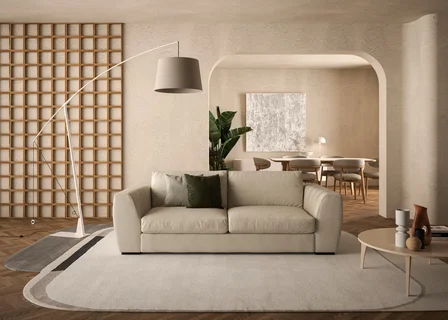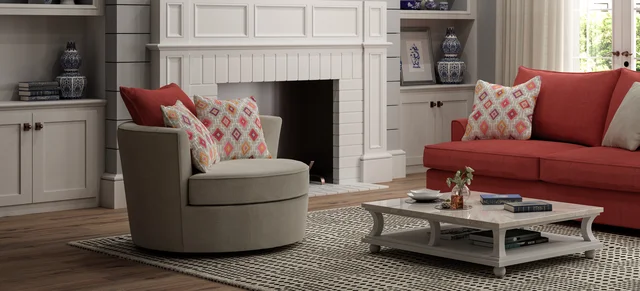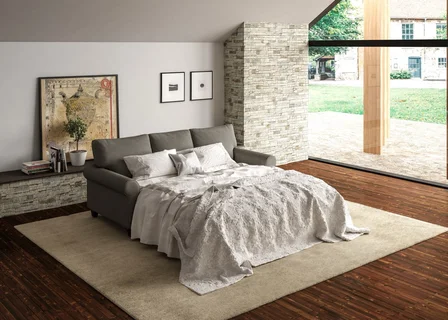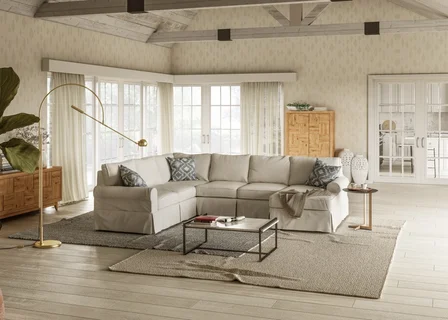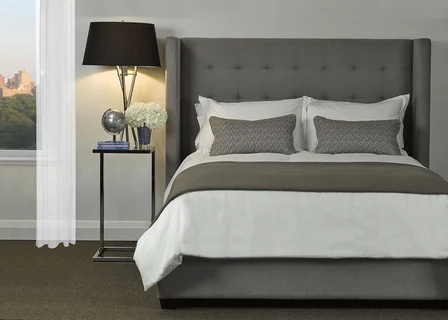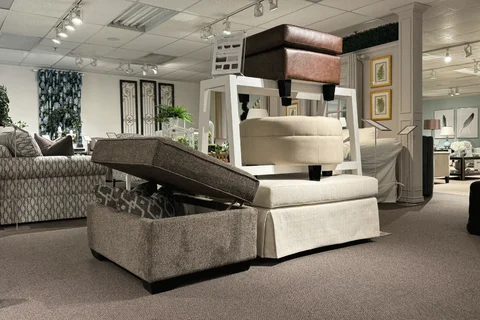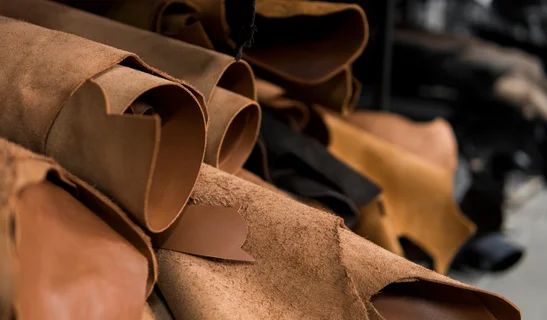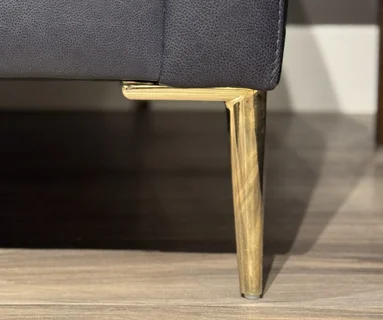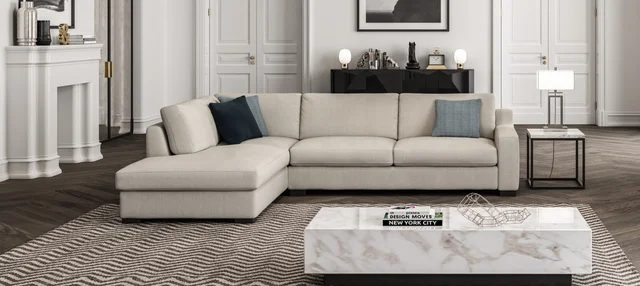Care
How to Maintain Feather Filled Upholstery
Frequently Rotate & Flip: Turn the seat cushions and back cushions over and rearrange them so that the couch wears evenly.
Beating & Fluffing: Pick up the cushions, turn them over a few times and shake them to redistribute the feathers evenly throughout.
Bunching: With the fabric casing on push the feathers around and bunch your hands together. If you want you can undo the zipper on the casing and place your hands on the tick lining and push the feathers around and bunch your hands together. When finished, set the cushions back into place. For a smoother look brush your hands over the cushions.
Vacuum with Caution: Do not vacuum your cushions on a high setting as it will pull the feathers out of the tick lining. With caution please use the lowest setting available if you require to vacuum your cushions.
How to Fix a Leg T-Nut
It’s normal to want to redecorate and sometimes that means moving a couch from one room to another. To better fit through doorways, remove the leg nuts by unscrewing the legs from the bottom and carefully screwing them back in when the sofa is in place. Be careful not to push or force the screw into the t-nut as you will risk popping it right through and causing damage.
Fabric Cleaning Codes
Water-Based Cleaner
Spot clean, using the foam only from a water-based cleaning agent such as a mild detergent or non-solvent upholstery shampoo product. Apply foam with a soft brush in a circular motion. Use sparingly. Avoid over wetting. Vacuum when dry.
Solvent Cleaner
Spot clean, using mild water-free or dry cleaning product. Clean only in a well-ventilated room and avoid any product containing carbon tetrachloride or other toxic materials.
Water / Solvent Cleaner
Spot clean with a mild solvent, an upholstery shampoo, or the foam from a mild detergent. When using a solvent or a dry cleaning product, follow the instructions carefully and clean only in a well-ventilated room. Avoid any product that contains carbon tetrachloride or other toxic materials. With either method, pretest a small area before proceeding.
Vacuum Only
Clean this fabric only by vacuuming or light brushing to prevent accumulation of dust and grime. Water-based foam cleaners or solvent-based cleaning agents of any kind may cause excessive shrinking, staining or distortion of the surface pile and therefore, should not be used.
Dry-clean only.
Have the fabric professionally dry–cleaned.
Slipcover Care
Our slipcovers are designed for easy and stylish furniture maintenance. Slipcovers offer flexibility of allowing for easy spot cleaning, dry cleaning, and the option to change the fabric to suit your preferences. We emphasize that our slipcovers are changeable, with seat and back casings featuring zippers for easy fabric removal. Additional slip covers can be ordered, provided the model is still available. To be well-prepared it is recommended to consider purchasing an extra set of slipcovers during the initial purchase. It is essential to avoid machine-washing the slipcovers as it could cause shrinkage, fading and fraying. The cleaning codes on our fabrics are provided by the fabric mills and guide you how to spot clean.
Fabric Pilling
Pilling is a characteristic of many upholstery fabrics. This is a result of excess fiber coming off the surface of the material and or of other materials (like blankets or throws). The release of excess fiber results in small “balls” or “pills” forming on the surface of the upholstery. This condition is NOT warranted by the fabric mills as it is NOT considered a defect, but simply the fiber of each individual strand of thread used to weave the material working through the weave itself, or of fibers from a blanket or throw coming in contact with the surface of the cover. The occurrence is very similar to the “fuzzing” experienced with new carpeting or the “pilling” of new sweaters. The concern on the part of most consumers is that the fabric is disintegrating and will ultimately have a bald area on the cover and that is not the case. As with carpets and sweaters, the pilling will persist until the excess fiber is gone, and then the pilling will cease. Periodic maintenance (vacuuming, cleaning, flipping and rotating cushions for even wear) is recommended.
Dye Lots Cannot Be Guaranteed
All fabrics are dyed in groups which are known in the industry as dye lots. What this means is that each roll of the same colour fabric can actually be slightly different. They can be a shade darker, lighter or even have one colour more prominent than the other. Even though Brentwood Classics monitors our dye lots to ensure the differences are subtle, this is the reason why dye lots cannot be guaranteed to match. This is why if you are thinking of buying multiple pieces, it’s important to buy all your pieces at one time to ensure the colour of your pieces are the same. If you are buying from a fabric sample or swatch, make sure to look at the tone and hue of the fabric as subtle differences between the sample and the fabric roll could make an impact on the final look of your space. We want to make sure you are getting exactly what you want for your space, so the more you know about dye lots the better.
Leather Care
To maintain your leather’s natural life, it needs regular care. It’s a skin and therefore does not require chemical treatments. A dry cloth or weekly vacuuming can do the trick. Steer clear of chemical polish or soaps, dampening a cloth should be sufficient for any spills or surface soiling. Avoid placing your leather near any heat sources or direct sunlight. If you hire a professional to clean your leather, make sure they specialize in leathers. Leather is incredibly durable and should last you a very long time. Simple maintenance can extend that lifespan tremendously.
